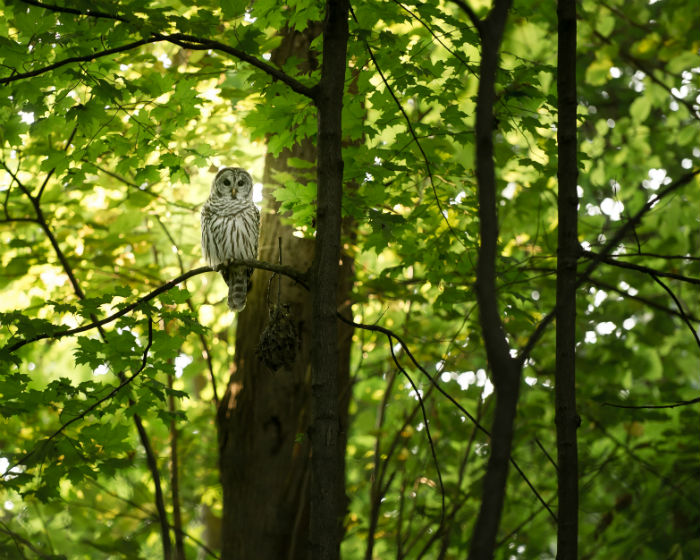 When a spiritual teacher uses extreme teaching methods like hitting, slapping, and beating or seduces a student using coercion, trauma can occur.
When a spiritual teacher uses extreme teaching methods like hitting, slapping, and beating or seduces a student using coercion, trauma can occur.
Trauma is not voluntary. It’s an automatic response to a sense of threat orchestrated by the body and brain. Some people are more susceptible to trauma than others, as explained below.
Buddhist communities need to understand trauma so judgment does not come into play when someone makes allegations of abuse, and compassion arises instead. Because judgment, denial, and aggression towards those who feel harmed, may worsen their trauma.
That’s not to say that every person who complains has been traumatized, but many have. And trauma imprints and dysregulates the nervous system so trauma survivors can suffer symptoms for years to come.
In addition, trauma is far more common than you might imagine, both development trauma, which originates in childhood, and shock trauma, which occurs in response to an overwhelming event that happens at any time during your life. An individual may not even realize how the imprints of trauma silently direct their life because trauma sometimes remains hidden within their unconscious mind.
Many people who come to Buddhist centers carry a history of trauma, which can make them more susceptible to future trauma.
These statistics on abuse begin to illuminate the scope of the problem, and they do not include the emotional damage that occurs from development trauma, which can occur from not having your emotional needs meant during your early years.
Research by the Centers for Disease Control and Prevention has shown that one in five Americans was sexually molested as a child; one in four was beaten by a parent to the point of a mark being left on their body; and one in three couples engages in physical violence. A quarter of us grew up with alcoholic relatives, and one out of eight witnessed their mother being beaten or hit.
Let’s look at the difference between developmental trauma and shock trauma, so we can better understand our own emotional wounds, extend a hand to others who have been impacted by trauma, and create healthy Buddhist Centers that protect people from trauma.

 Recently published, The Life and Times of Jamyang Khyentse Chökyi Lodrö recounts many dreams and visions of this exceptional 19th-20th century Tibetan Buddhist master, including this one concerning Sogyal Lakar (Sogyal Rinpoche), who he watched over as a child.
Recently published, The Life and Times of Jamyang Khyentse Chökyi Lodrö recounts many dreams and visions of this exceptional 19th-20th century Tibetan Buddhist master, including this one concerning Sogyal Lakar (Sogyal Rinpoche), who he watched over as a child.